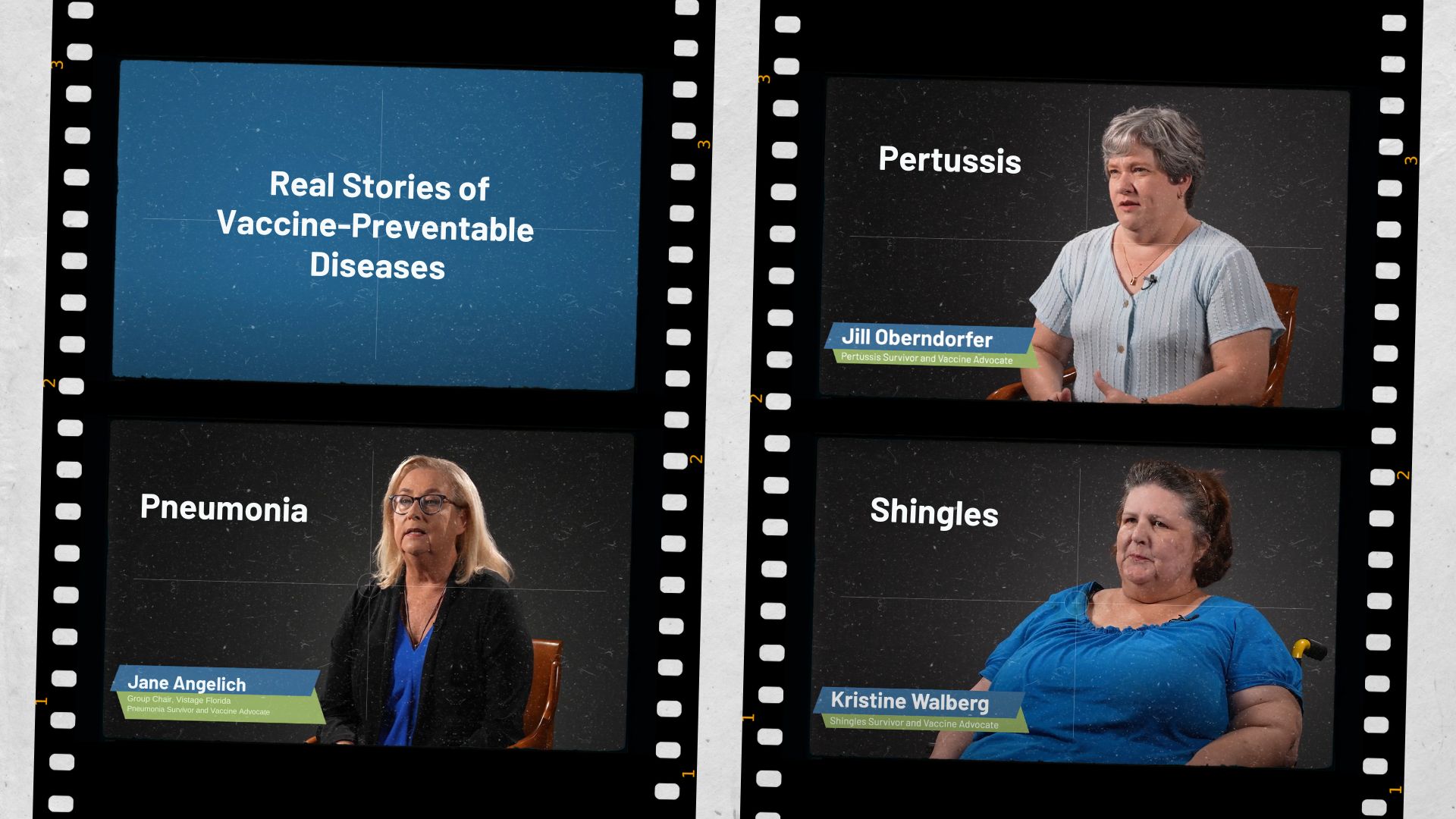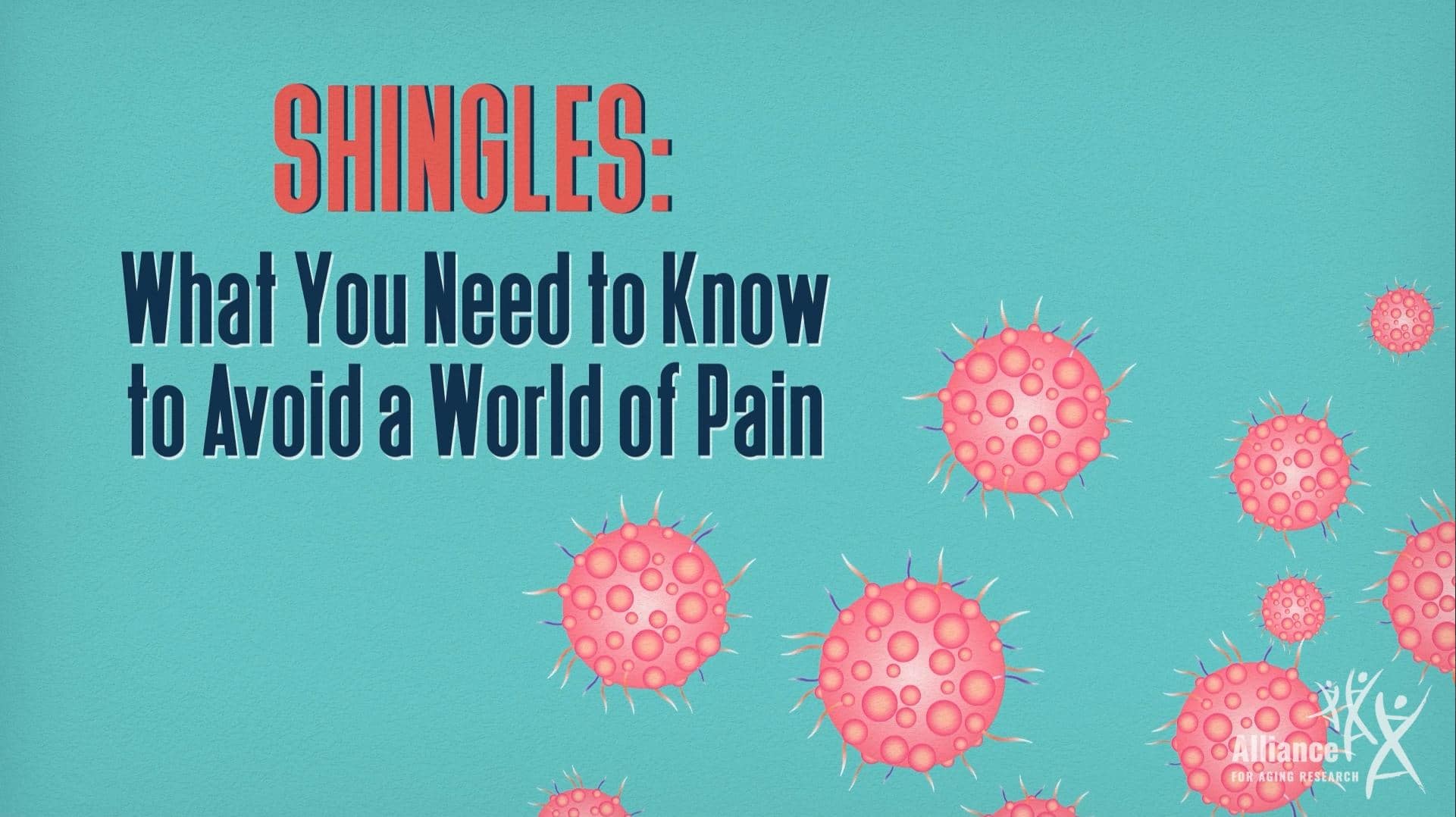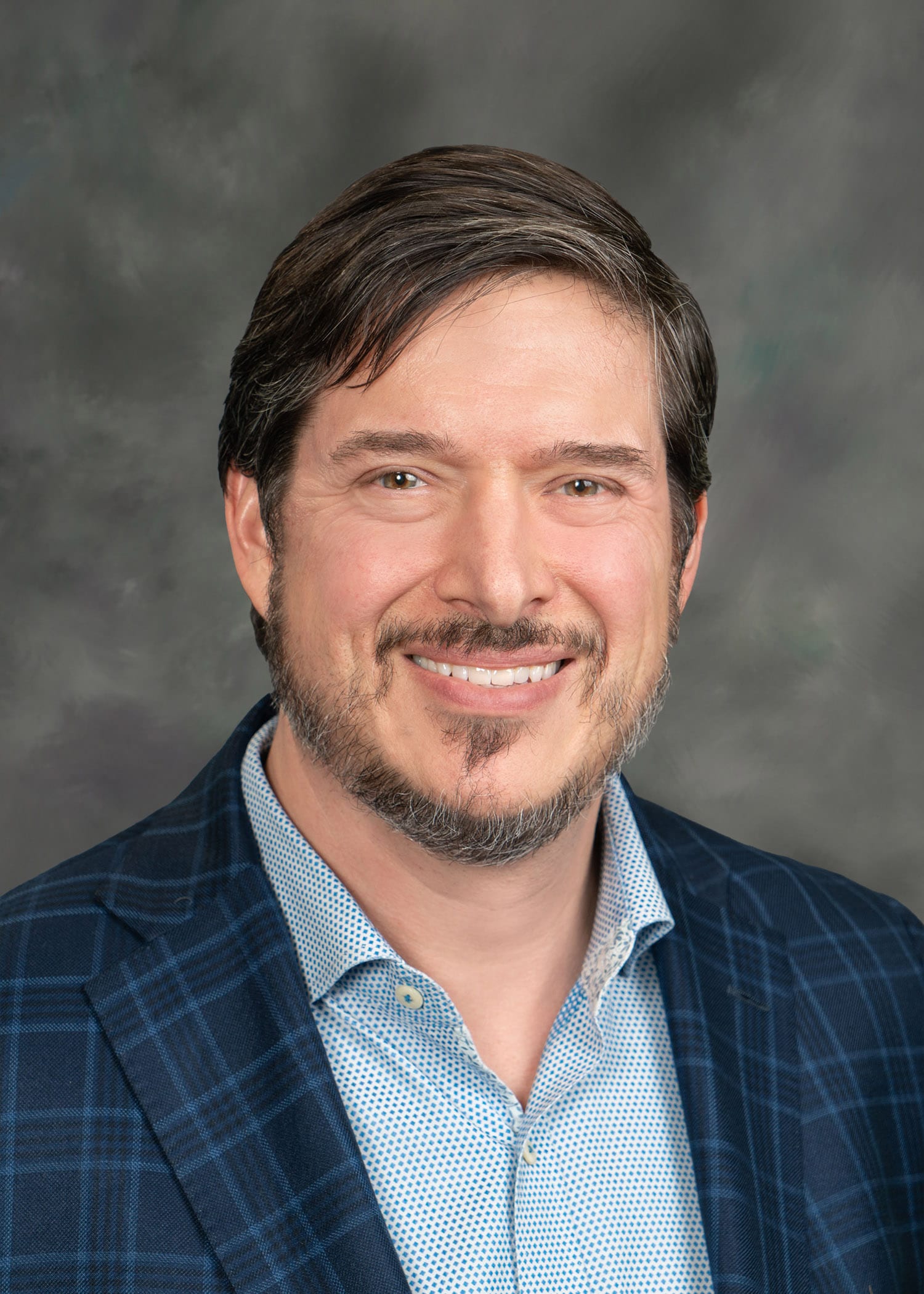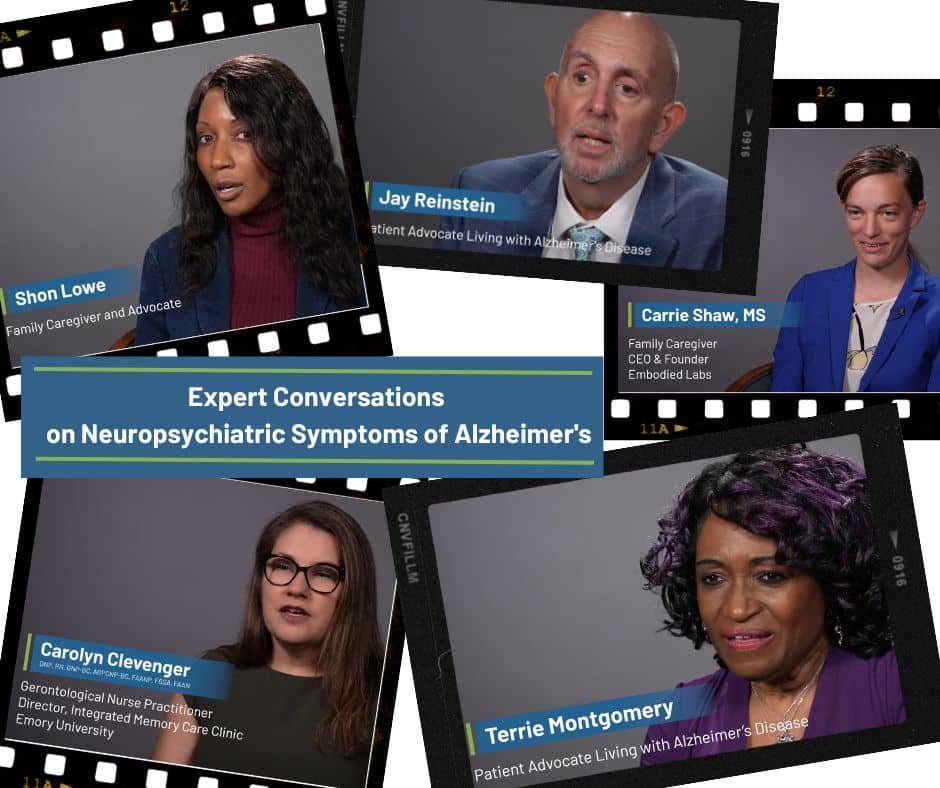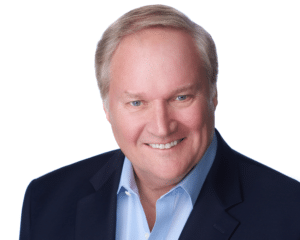
September is Healthy Aging Month, a perfect time to learn more about longevity advocacy. Dan Perry, founder and board member of the Alliance for Aging Research, recently submitted an entry on longevity advocacy to the Encyclopedia of Gerontology and Population Aging. You can read the entry here. Below, Dan talks about the current landscape of longevity advocacy and what’s to come.
You were asked to submit an entry on “longevity advocacy” to the Encyclopedia of Gerontology and Population Aging. Why is it important to highlight the history and current landscape of longevity advocacy?
More people need to know that we now hold the power to fight diseases and frailty by slowing the processes of human aging. The human benefit of that is almost beyond imagining, but attainable if we play our cards right. The science has to be strong and backed by political resolve, supportive policies, and money. This is where advocates and advocacy come in. We need to build confidence in the wisdom of focusing on aging as the number one risk factor to all that diminishes quality of life in later years. We are not the first to imagine this. The article I’ve written tracks the history of advocacy for aging research and longevity science over 150 years to the present.
What is currently happening in longevity advocacy, and what is the next big step?
The large and socially potent baby boom is facing aging and mortality in real time, so that is an incentive. Many do not fully realize that if aging science is unleashed and properly directed, they might yet escape the worst of old age diseases, their smothering costs, and caregiver burden. I am particularly encouraged that top researchers have recently formed a united front seeking to fund and coordinate this science, and to act as ambassadors to the public at large.
The core group is from the Mayo Clinic, Stanford, Harvard, the Buck Institute, and other prestigious institutions, as well as collaborators in Europe and Asia. It’s going to be hard for the media or political leaders to label these folks as quacks. Private philanthropy will be needed to get breakthroughs to the proof-of-concept stage. Then commercial interests and government investment will take over.
And, the National Institute on Aging (NIA) has led the “Geroscience Interest Group” at the National Institutes of Health (NIH) since 2013 and will be hosting its third summit, “Targeting Chronic Diseases Through Geroscience” on November 4-6, 2019 at the NIH’s Natcher Conference Center. The proceedings are likely to be available by webcast, so stay tuned at https://fnih.org/what-we-do/programs/2019-gerosciencesummit for info. The Alliance for Aging Research is supportive and will be there!
Do you think the FDA will ever be able to change their disease-focused model to something broader to include aging? Why or why not?
Changing FDA policy is never an easy lift. But the agency has shown some willingness, and there is precedent. High cholesterol is not a disease, but a risk factor for disease. Aging might be viewed as a risk factor—indeed, it is the leading risk factor—for most aging diseases, from heart disease to Alzheimer’s to frailty or sarcopenia.
The FDA has given a tacit green light to a clinical trial of potential anti-aging effects of Metformin, a drug long approved for diabetes. Costs of a multi-year trial and high standards of safety are daunting. But it shows the door is not shut tightly. Also, Acting FDA Commissioner Ned Sharpless is an accomplished aging researcher who serves as an advisor to the National Institute on Aging. So that’s another hopeful sign.
In the last few decades, the National Institute on Aging has received a fourfold-increase in funding, with most of the increases dedicated to Alzheimer’s disease research. In this is a good thing for aging research overall, or is it taking focus away from other issues?
Of course robust increases in research funding at the NIA are wonderful developments. Alzheimer’s and dementing diseases in general are a dire threat to aging populations, here in the U.S. and around the word. Advocates who fight tooth and nail for increases for medical research deserve our gratitude and support, as do the legislators and agency officials who respond to their efforts. In relative terms, it is still only crumbs from the NIH table that fall to aging and longevity research, despite its potential to lengthen human healthspan. Still, improved understanding of human biology from stepped-up research is like pollen in the wind—it can stimulate new growth in unpredictable ways.
What does healthy aging mean to you, and how do you practice healthy aging?
I’ve been luckier than many others in this regard, so I’m humbly grateful and protective of that. When the Alliance for Aging Research was started, I was barely out of my thirties. My own aging—healthy or otherwise—was still a vague, remote notion. It is real enough now, however, and it is indeed good. I try to keep it so, in all the well-known ways. I am also the beneficiary of a wonderful marriage of more than 50 years. Research shows that too is a marker for healthy aging. Go ahead, look it up.
What’s one thing that people might not know about you?
I got a C-minus in high school biology.

